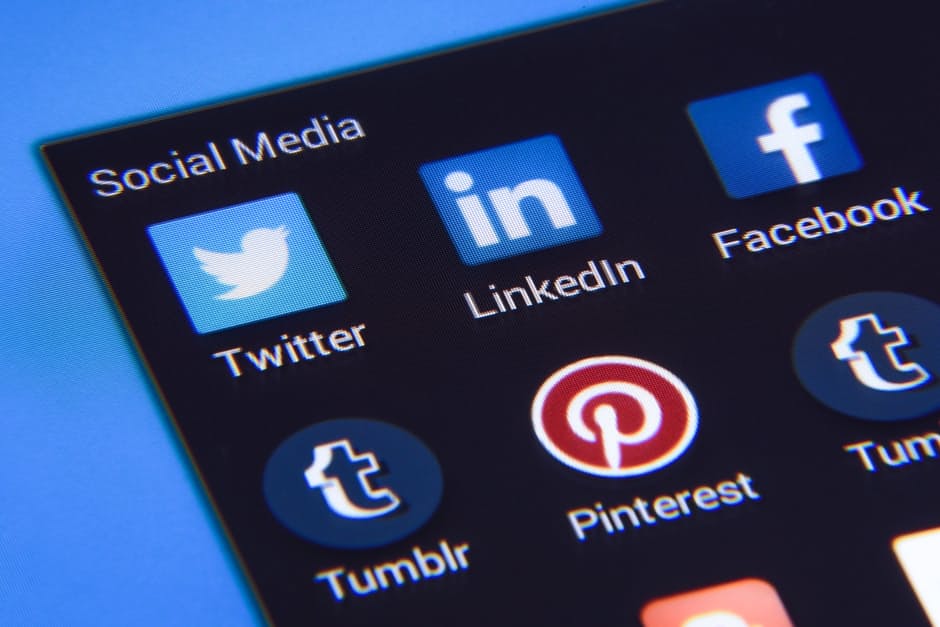
When most of us think of an unhealthy work environment, we visualize “sick building syndrome,” difficult staff members, or the classic “boss from hell.”
After attending a conference populated by a number of staffing agency directors, I recently received an insight into the latest unhealthy work issue that is getting the attention of a lot of organizations: obsessive social media use while on the clock.
Resulting Social Issues
It is becoming such a concern that more and more companies are having their computer networks re-tooled to block Facebook, Twitter, and other social media sites on office computers.
How much of a problem is it that a significant number of younger-generation workers, who were raised on personal electronics, cannot stop checking their Facebook and text messages while they are on the job and being paid to spend their time attending to the tasks at hand?
That employees are noticing and becoming concerned that this trend is affecting their productivity and even their bottom line. This says something important about the current immediate communication impulse and what is being called “the narcissistic tendency” we are developing as a culture.
Staying Focused On The Job
The focus and integrity to attend to the job we are expected to be doing and the ability or willingness to not pay attention to ourselves when we are getting paid to be working seems to be lacking today more than ever before.
Cellphones, emails, text messages, social networking and other electronic forms of communication have begun to hold our attention prisoner–even when we are on the job. Not only is this unfair to the individual or organization paying our salary, but it also sends up a red flag. We are growing more and more self-absorbed.
Can someone be healthy when overly concerned about the moment-to-moment activities of life? There are (most commonly in humor columns) reported Facebook posts by individuals who record practically every minor act and event of their day, posting them publicly for all their friends and fans to read.
Infalated Narcissism
Is it true that we are becoming a narcissistic society, so unable to pull ourselves away from the details of our lives that we no longer put in an honest day’s work?
Health is made up of many things. Being productive, making a contribution, working hard and enjoying what you do are all part of a healthy lifestyle. If social networking and electronic communication are pulling you further away from a balanced and healthy work life, it may be time to unplug and unlink.
Finding fulfillment and feeling commited to what we do in our work as well as how we do the work are important parts of being a productive, contributory, healthy, happy individual. Not only is excessive electronic communication often overly self-centered, but it can also distract from other essential aspects of a balanced life. That’s something to consider.
For a free download of the bestselling, award-winning book Changing Behavior, visit changingbehavior.org.
Join the conversation. If you enjoyed this article, be sure to follow NIWH on Facebook and Twitter for regular updates filled with useful health coach certification information for holistic nurses and health advocates.







 Other studies demonstrate that women in their 40s who endure difficult or negative marital-type relationships experience a higher risk for cardiovascular disease than women with fulfilling relationships.
Other studies demonstrate that women in their 40s who endure difficult or negative marital-type relationships experience a higher risk for cardiovascular disease than women with fulfilling relationships.
